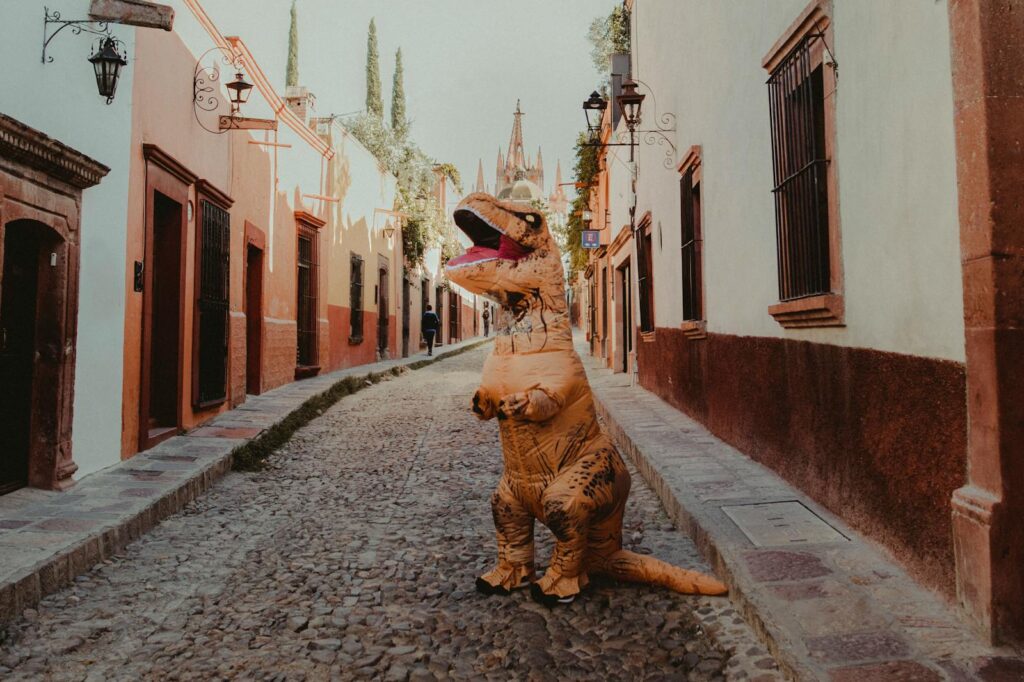In the prehistoric world of dinosaurs, defense mechanisms ranged from armor plating and clubbed tails to horns and spikes. Yet among these varied adaptations, one stands out for its sheer power and effectiveness: the devastating kick. Some dinosaurs evolved remarkably powerful hindlimbs capable of delivering potentially lethal blows to predators. This article explores which dinosaur possessed the strongest kick in history, the biomechanics behind this impressive weapon, and whether it could indeed knock over or even kill the fearsome predators of the Mesozoic Era.
The Contenders for Prehistoric Kicking Champion

When paleontologists assess which dinosaurs had the most powerful kicks, several species consistently enter the conversation. The primary contenders include the ostrich-like ornithomimids, the cassowary-resembling ornithopods, and most notably, the large-bodied theropods like Therizinosaurus and dromaeosaurs. However, standing above all others are the giant flightless birds of the prehistoric world—the terror birds or phorusrhacids—and the true champions of the dinosaur world: the large-bodied ratites and the powerful Deinonychosauria. These remarkable creatures evolved legs specifically designed to generate immense striking power, making them formidable opponents even against much larger predators.
Therizinosaurus: The Scythe Lizard’s Hidden Power

Therizinosaurus, while most famous for its enormous Edward Scissorhands-like claws that could reach over three feet in length, also possessed remarkably powerful hindlimbs. Standing up to 33 feet tall and weighing around 5 tons, this herbivorous theropod had substantial leg muscles that could generate significant force. Though its claws were likely used primarily for pulling down branches and defense, paleontologists believe Therizinosaurus could deliver powerful backward kicks when threatened.
The unique combination of its immense size, strong leg muscles, and unusual body structure suggests it could generate enough force to seriously injure potential predators like Tarbosaurus, though its kicks were likely less specialized than some other contenders.
Ornithomimids: The Ostrich Dinosaurs

Ornithomimids, often called “ostrich dinosaurs” due to their striking resemblance to modern flightless birds, were built for speed and agility. Species like Gallimimus and Struthiomimus had long, powerful hindlimbs that made them among the fastest dinosaurs of their time. Their leg structure closely resembled that of modern ostriches, which can deliver kicks powerful enough to kill lions.
The largest ornithomimids reached lengths of up to 20 feet and weights of 450 pounds, with legs proportionally longer than those of modern ostriches. While not the absolute strongest kickers in the dinosaur world, their speed-oriented leg muscles, combined with sharp claws, would have made their kicks dangerous weapons against medium-sized predators.
Dromaeosaurids: The Terrible-Clawed Kickers
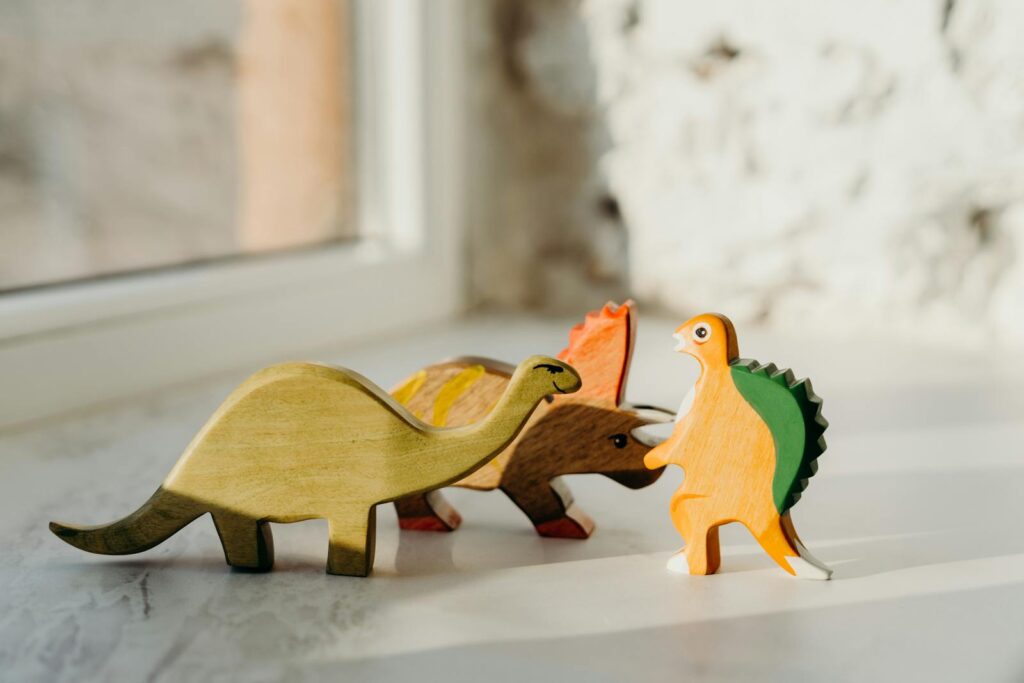
The dromaeosaurids, including Velociraptor and Deinonychus, represent some of the most specialized kicking dinosaurs ever to evolve. These theropods possessed an enlarged “killing claw” on each foot—a sickle-shaped talon that could reach lengths of up to 5 inches in Deinonychus. Unlike modern birds that kick forward, dromaeosaurids likely employed a slashing kick, using their hyperextendable second toe to deliver devastating wounds.
Biomechanical studies suggest these dinosaurs would kick while balancing on one leg, using their tail for stabilization, and could generate enough force to slice through the hides of much larger dinosaurs. The specialized nature of this adaptation indicates it evolved specifically as a hunting and defensive weapon, making dromaeosaurids contenders for the most effective, if not the most powerful, kickers.
Cassowary Relatives: The Most Dangerous Birds Alive

Modern cassowaries are often called the world’s most dangerous birds, capable of delivering kicks that can disembowel predators with their dagger-like inner claws. Several dinosaur lineages bore striking similarities to these modern avian powerhouses. The ornithopods, particularly some of the smaller hypsilophodontids, had similar body proportions and likely similar kicking abilities.
Most intriguingly, some paleontologists have suggested that certain bird-like theropods may have had cassowary-like casques (bony crests) and similar defensive behaviors. Though not the absolute strongest in terms of raw power, these dinosaurs likely possessed kicks with precision and sharpness that could inflict grievous injuries on predators that underestimated them.
The Terror Bird Legacy: Post-Dinosaur Champions
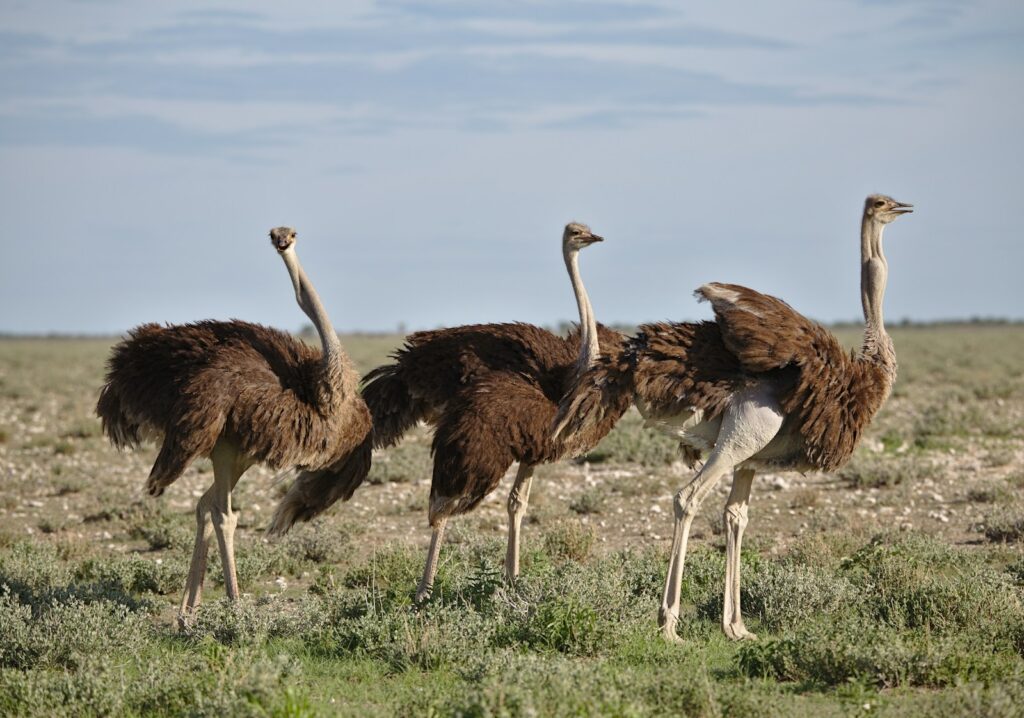
While not dinosaurs themselves (though birds are technically avian dinosaurs), the terror birds (Phorusrhacidae) that evolved after the non-avian dinosaurs’ extinction deserve mention in any discussion of prehistoric kicking power. These flightless predatory birds stood up to 10 feet tall and had massive, axe-like beaks. However, their primary weapons may have been their powerful legs.
Biomechanical studies indicate they could deliver forward kicks with enough force to shatter bones, likely using this ability to dispatch struggling prey. Their direct evolutionary connection to dinosaurs and their refined kicking techniques represent the continued evolution of this defensive mechanism. Terror birds carried on the legacy of dinosaur kicking power, perhaps even improving upon it through evolutionary refinement.
The Undisputed Champion: Gastornis
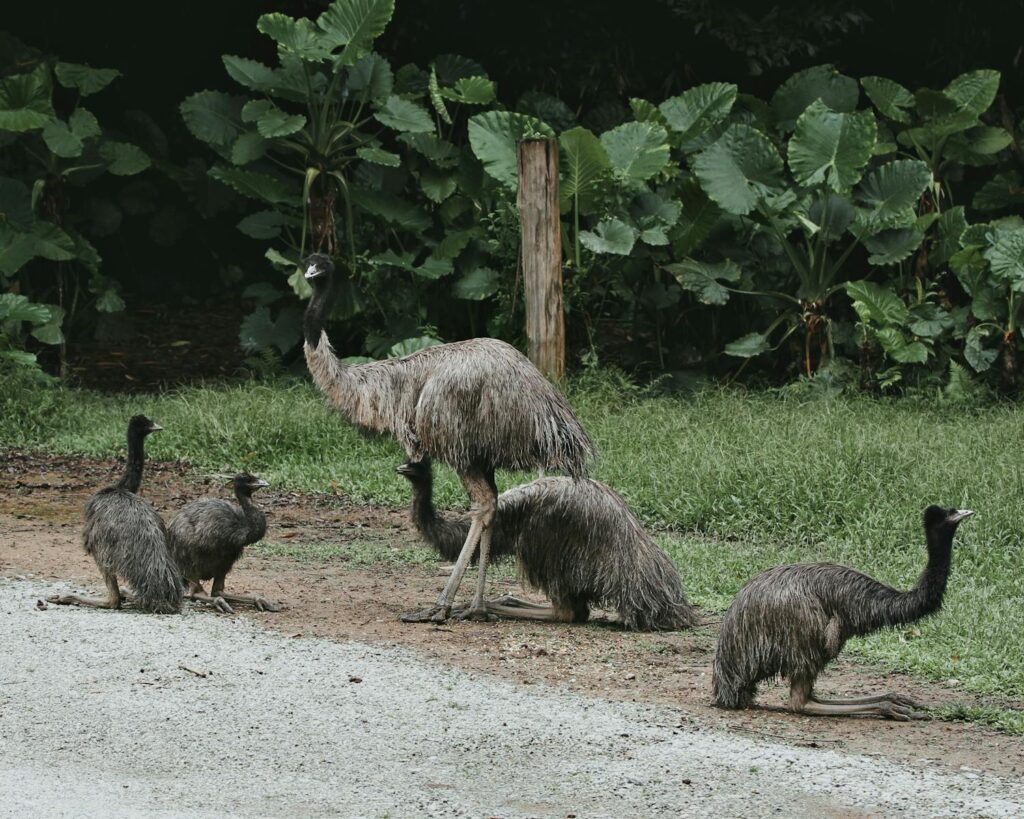
Though less famous than some dinosaurs, the extinct bird Gastornis (formerly called Diatryma) may have possessed the most powerful kick of any prehistoric creature. Standing around 6.6 feet tall and weighing up to 400 pounds, this Paleocene bird had massively built legs with immense muscle attachment areas. Unlike terror birds that were primarily predators, Gastornis was likely herbivorous, using its powerful kick primarily for defense.
Biomechanical analyses suggest that Gastornis could generate more force in its kick than any known dinosaur, capable of delivering around 700 pounds of force in a single forward strike. This power, combined with its heavy, bone-crushing beak, made Gastornis virtually immune to predation despite living in ecosystems with large predatory mammals.
The Biomechanics of a Dinosaur Kick
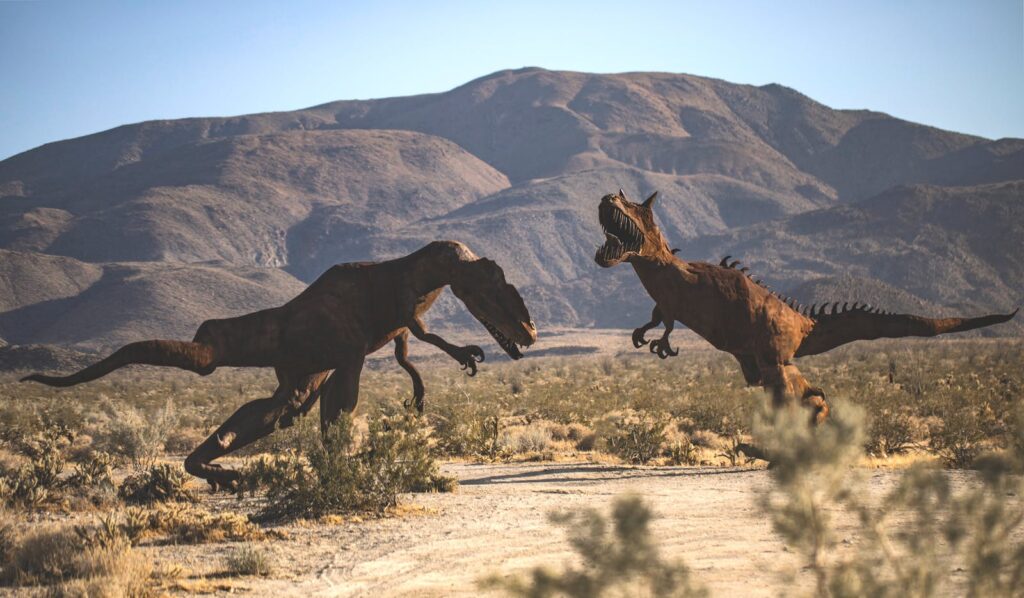
The power of a dinosaur’s kick depended on multiple biomechanical factors that paleontologists can reconstruct from fossil evidence. Leg length, muscle attachment areas on the bones, and overall body mass all played crucial roles. The femur (thigh bone) and tibia/fibula (shin bones) provide clues about muscle size and power, while foot structure indicates the type of kick delivered.
Forward-kicking dinosaurs typically had reinforced ankle joints and broad feet, while slashing kickers like dromaeosaurids had specialized toe joints to maximize claw deployment. The tail also played a crucial role in kicking biomechanics, providing counterbalance during the kick and storing energy that could be released explosively. Computer modeling has allowed scientists to estimate the force generated by various dinosaur kicks, with the most powerful possibly exceeding 1,000 pounds of force—enough to shatter bones.
Could a Dinosaur Kick Knock Over a Predator?

The question of whether a dinosaur’s kick could knock over a predator depends on both the kicker and the target. For medium-sized predators like Velociraptor (weighing around 100-200 pounds), a solid kick from a large ornithomimid or dromaeosaur would almost certainly knock them off their feet and potentially cause serious injury. For larger predators like Allosaurus (2-3 tons) or Tyrannosaurus rex (7-9 tons), a direct knockdown would be less likely due to their lower center of gravity and massive weight.
However, even these apex predators would be vulnerable to well-placed kicks targeting joints or softer underbellies. Fossil evidence of healing injuries on predator bones suggests that prey did sometimes successfully defend themselves, likely through kicking and other defensive mechanisms. The psychological impact of a painful kick might also deter predators, even if it didn’t physically knock them over.
Modern Analogues: Lessons from Living Kickers

Modern animals provide valuable insights into prehistoric kicking power. Ostriches can deliver kicks with over 2,000 newtons of force—enough to kill lions and humans—despite weighing only 250-350 pounds. Cassowaries have been known to disembowel humans with their dagger-like claws. Even the relatively small secretary bird can generate enough force in its stomp to kill venomous snakes instantly. These modern examples suggest that dinosaurs, with their often larger size and specialized adaptations, would have been even more formidable kickers.
The kicking techniques of modern birds—from the forward strike of the ostrich to the precise, targeted stomps of the secretary bird—likely reflect similar diversity in dinosaur kicking styles. By studying the mechanics of these modern kicks, paleontologists can better understand how dinosaurs used their powerful hindlimbs for defense.
The Evolutionary Arms Race of Attack and Defense

The development of powerful kicks in certain dinosaur lineages represents a classic evolutionary arms race between predator and prey. As predators evolved more sophisticated hunting strategies and weapons, potential prey species developed increasingly effective defensive mechanisms. The devastating kicks of ornithomimids and dromaeosaurids evolved specifically to counter the threat posed by the large theropod predators of their environments.
This evolutionary pressure likely drove the refinement of kicking techniques over millions of years, resulting in the specialized anatomy observed in the fossil record. Interestingly, some dinosaurs, particularly the dromaeosaurids, evolved kicks that served dual purposes as both hunting weapons and defensive tools, allowing them to occupy the middle ground in the predator-prey spectrum. This evolutionary arms race shaped dinosaur anatomy and behavior throughout the Mesozoic era.
Fossil Evidence: Injuries That Tell Tales
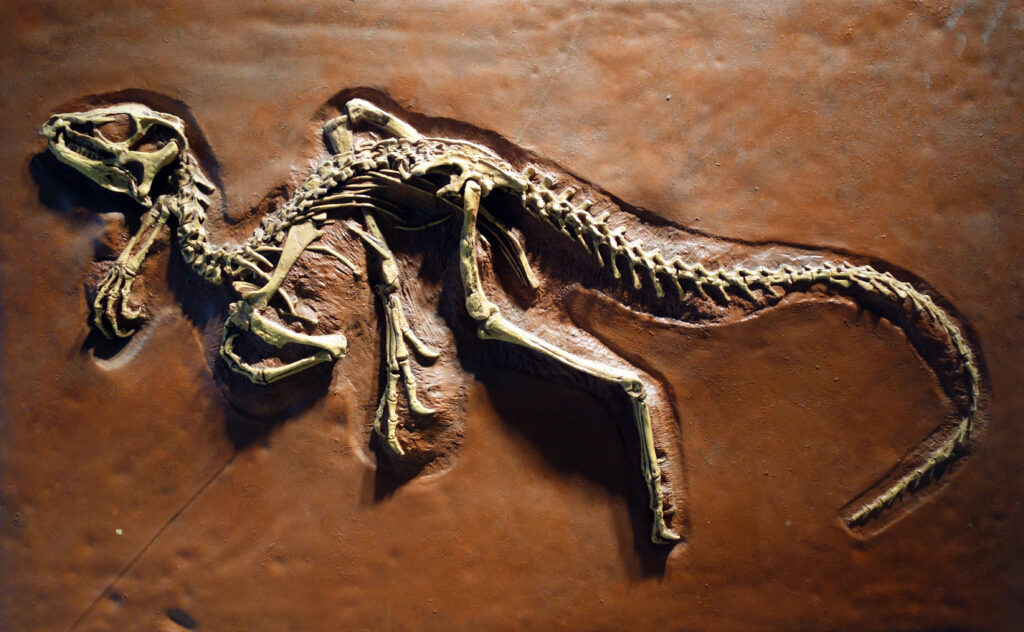
Perhaps the most compelling evidence for the effectiveness of dinosaur kicks comes from the fossil record itself. Paleontologists have discovered numerous specimens of predatory dinosaurs bearing injuries consistent with defensive kicks. A famous Velociraptor specimen from Mongolia shows a broken rib that healed before death, possibly inflicted by the kick of prey.
Similarly, some Allosaurus specimens show injuries to the face and chest that could have been caused by the powerful hindlimbs of their prey. These healed injuries are particularly telling, as they demonstrate that the predator survived the encounter but was injured severely enough to leave permanent skeletal damage. While we cannot definitively prove which specific dinosaur delivered the strongest kick, these battle scars preserved in stone provide tantalizing glimpses into the effectiveness of kicking as a defensive strategy in the dinosaur world.
The Cultural Impact of Dinosaur Kicks

The concept of dinosaurs delivering powerful kicks has permeated popular culture, influencing everything from scientific documentaries to Hollywood blockbusters. The velociraptors in “Jurassic Park” famously used their kicks as primary weapons, though the film exaggerated their size and capabilities. Documentaries like “Walking with Dinosaurs” depicted ornithomimids using ostrich-like kicks to defend themselves against predators. These portrayals, while sometimes scientifically inaccurate, have sparked public interest in the defensive capabilities of dinosaurs beyond the typical focus on teeth and claws.
The cultural fascination with dinosaur kicks has actually benefited paleontology by drawing attention to the complexity of dinosaur behavior and adaptations. This public interest has, in turn, supported funding for research into dinosaur biomechanics and defensive strategies, contributing to our growing understanding of these magnificent prehistoric creatures.
Conclusion: The Power of Prehistoric Kicks
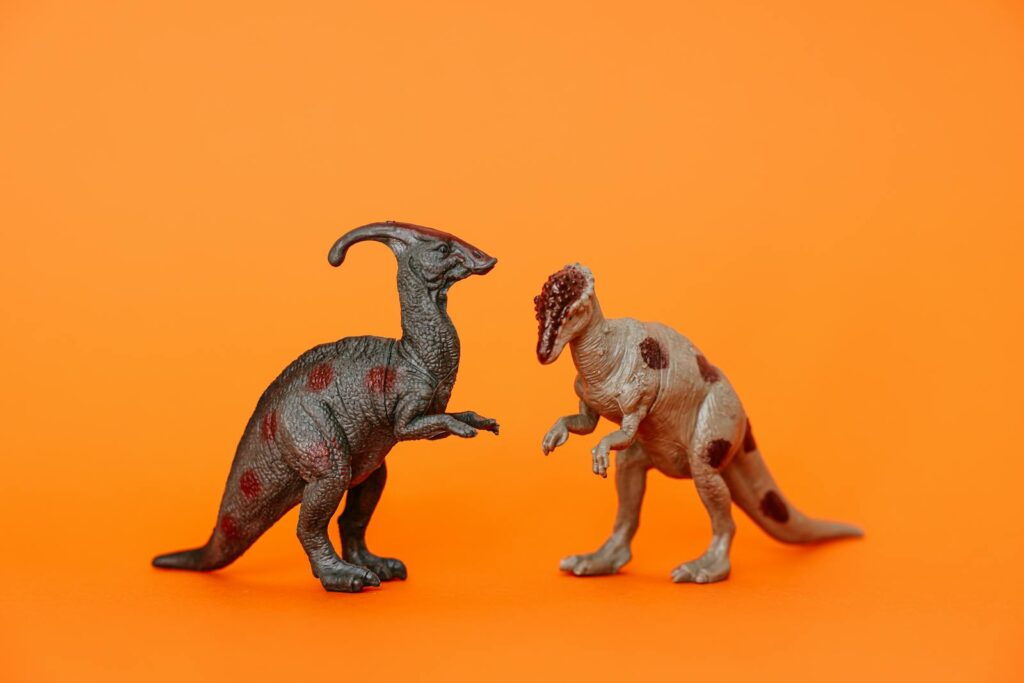
The question of which dinosaur possessed the strongest kick doesn’t have a simple answer. Dromaeosaurids had the most specialized kicking weapons, Therizinosaurus likely generated the most raw power due to its size, and bird-like dinosaurs probably had the most refined kicking techniques. What’s clear is that kicking represented an effective defensive strategy that evolved multiple times across different dinosaur lineages. These powerful kicks could indeed knock over smaller to medium-sized predators and potentially inflict serious damage on even the largest carnivores of the Mesozoic era.
The legacy of dinosaur kicks continues today in their living descendants—birds—some of which still rely on powerful kicks for defense and hunting. As paleontological techniques continue to advance, we may someday gain an even clearer picture of the biomechanics behind the most powerful kicks in Earth’s history, further illuminating this fascinating aspect of dinosaur evolution and behavior.

